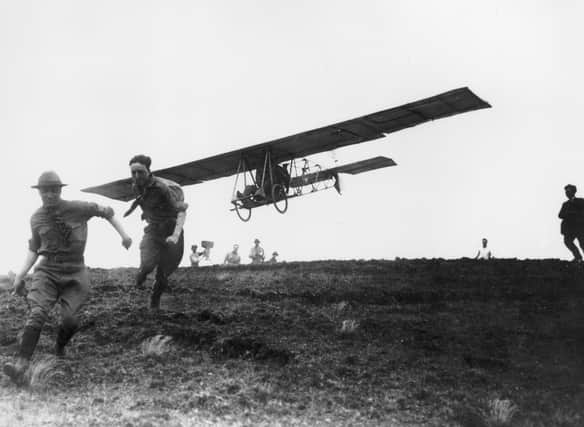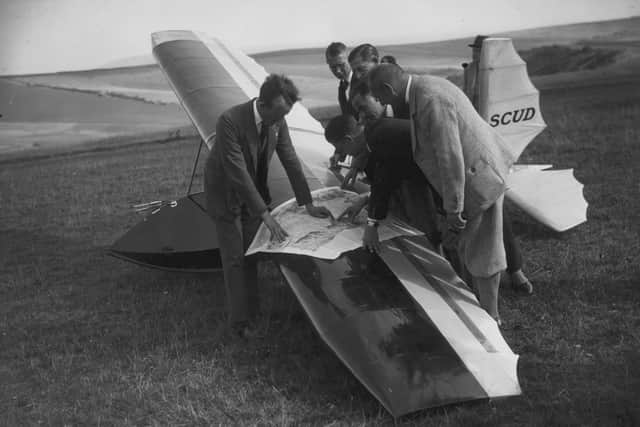Remembering the Scarborough engineer who invented the glider


We have someone closer to home than the Wright Brothers to thank for that. It was at Brompton Dale near Scarborough in 1849 that the world’s first manned heavier-than-air flight took place. The engineer responsible for it was Sir George Cayley, a sometime Scarborough MP and co-founder of the country’s first Polytechnic.
His contraption, a replica of which is at the Yorkshire Air Museum at Elvington, looked like a baby’s pram harnessed to a fixed, overhead wing. But it worked, after a fashion. With one of his servants strapped inside, the machine took off across the Dale and covered a short distance before crash landing. Four years later, his next prototype went further, with his coachman inside. Cayley called it a “governable parachute”.
Advertisement
Hide AdAdvertisement
Hide AdUpon landing, his coachman handed him his notice. “I was hired to drive not to fly,” he complained.


It was left to others, notably the German Otto Lilienthal, to streamline the design, and at the turn of the last century the Wright Brothers finished the job, with a glider that could be steered in flight by a movable rudder. It was a model that allowed them to proceed to building their powered aeroplane – and when they did so, Wilbur Wright was among those acknowledging the contribution made by Cayley, who had died 45 years before, at 83.
The usefulness of gliders was never in doubt. Quite apart from recreational use and in competition, they were deployed during the Second World War to carry troops and goods more stealthily than any powered aircraft.
Comment Guidelines
National World encourages reader discussion on our stories. User feedback, insights and back-and-forth exchanges add a rich layer of context to reporting. Please review our Community Guidelines before commenting.